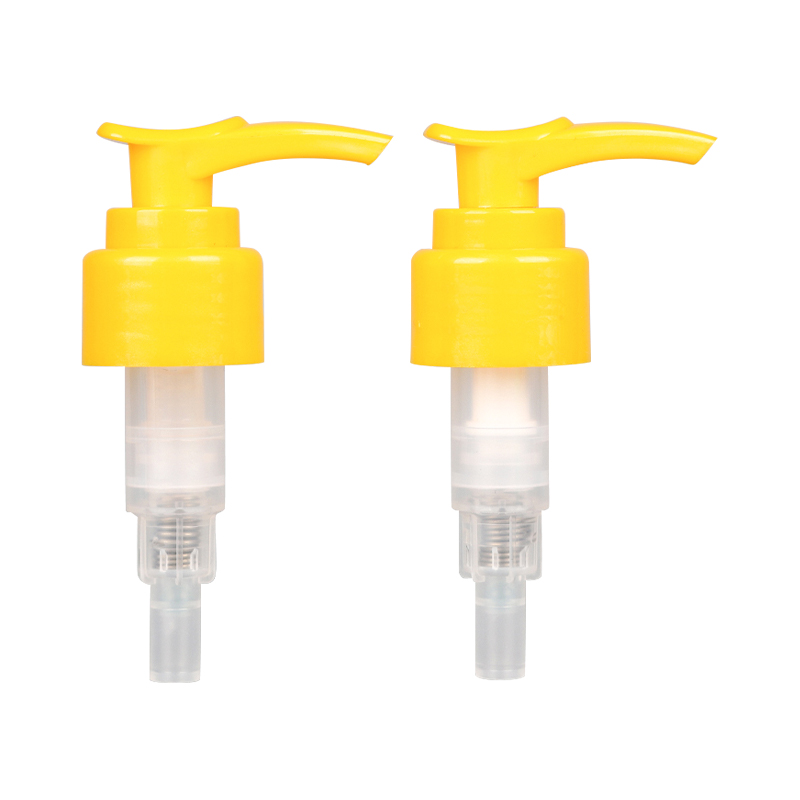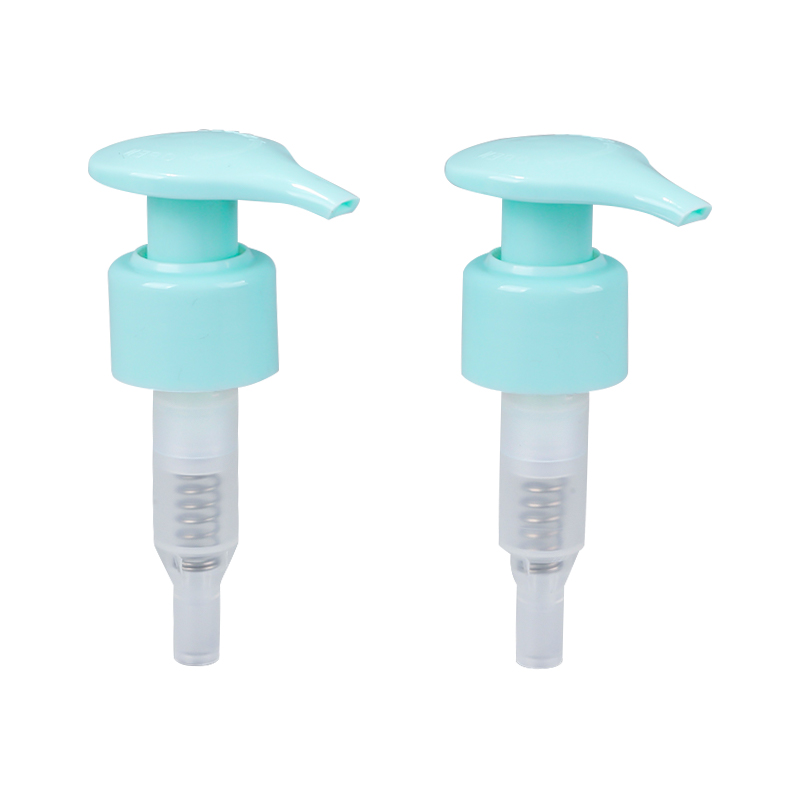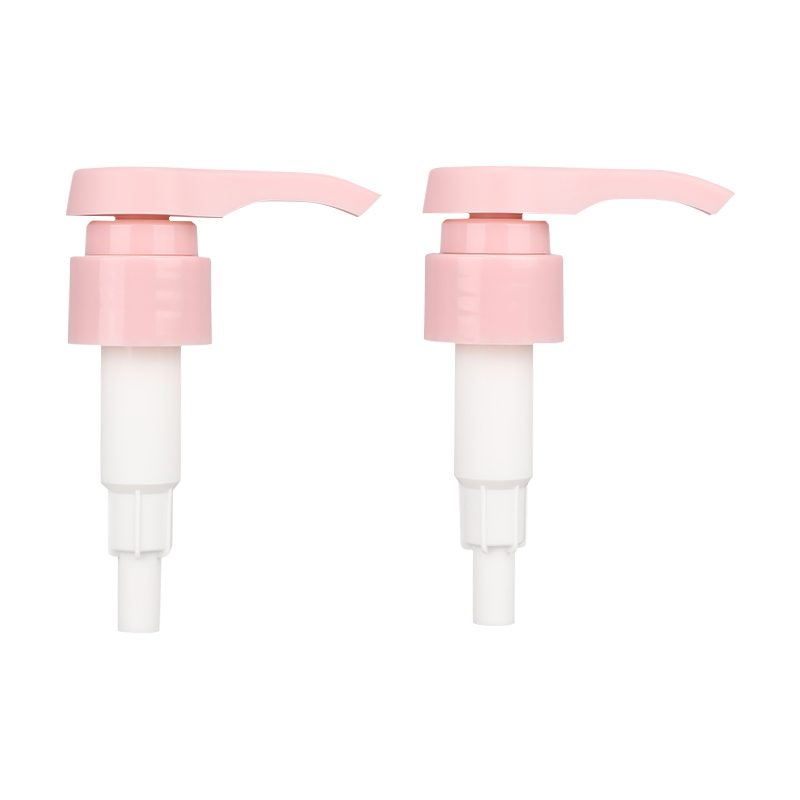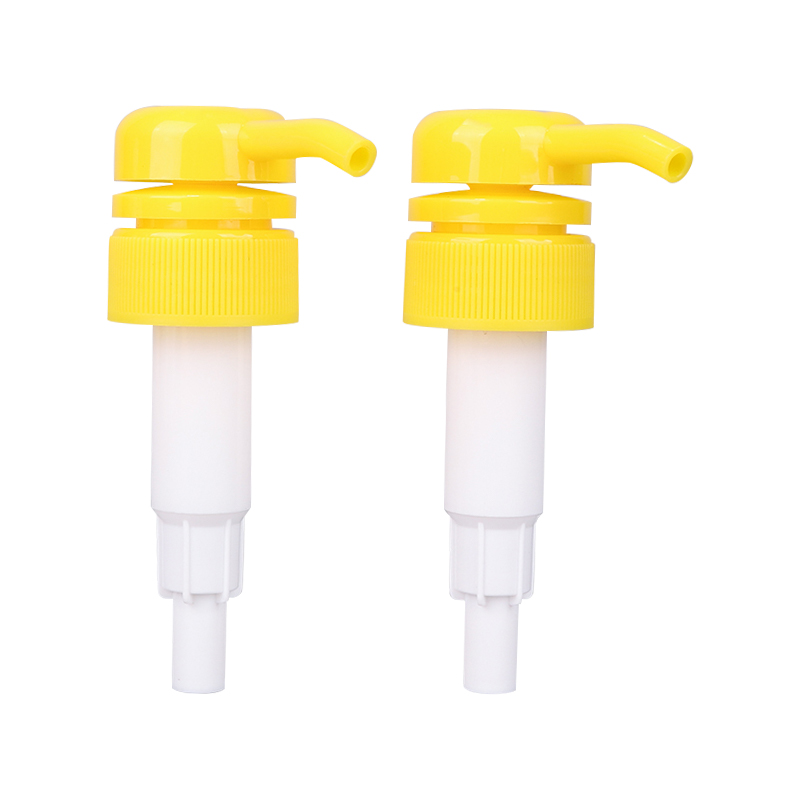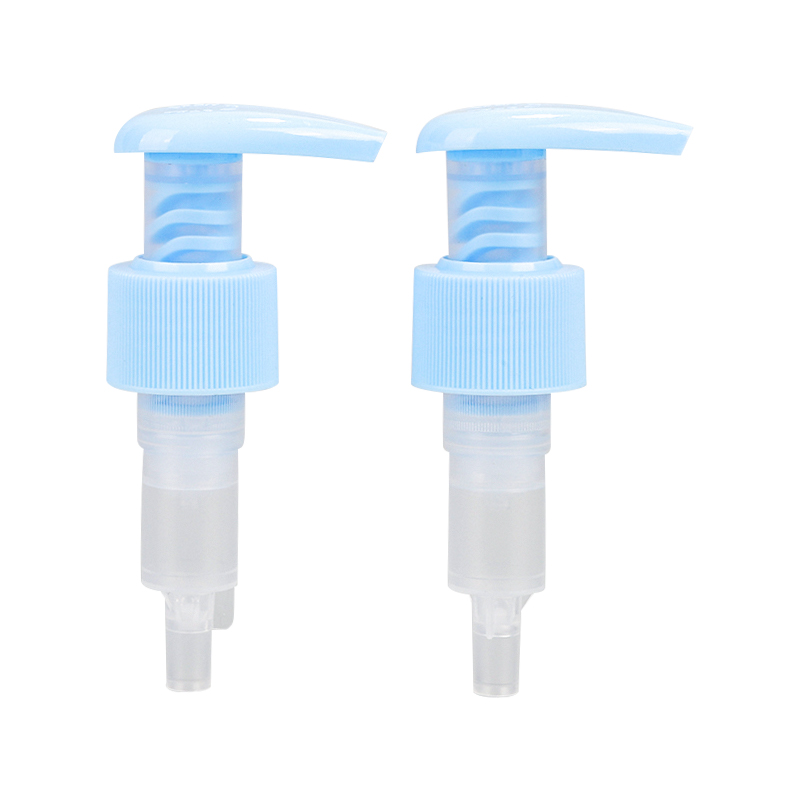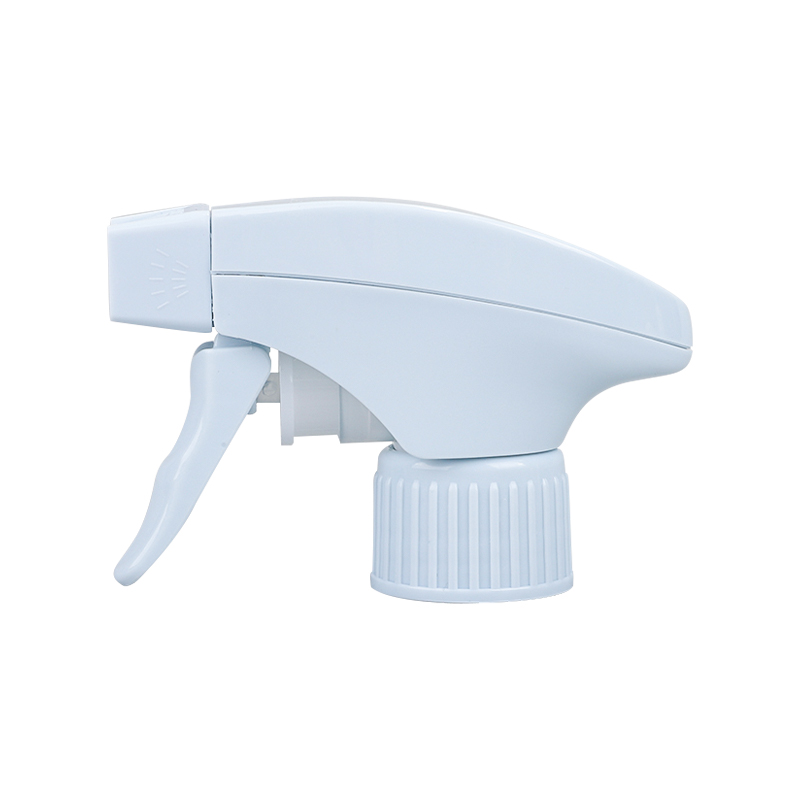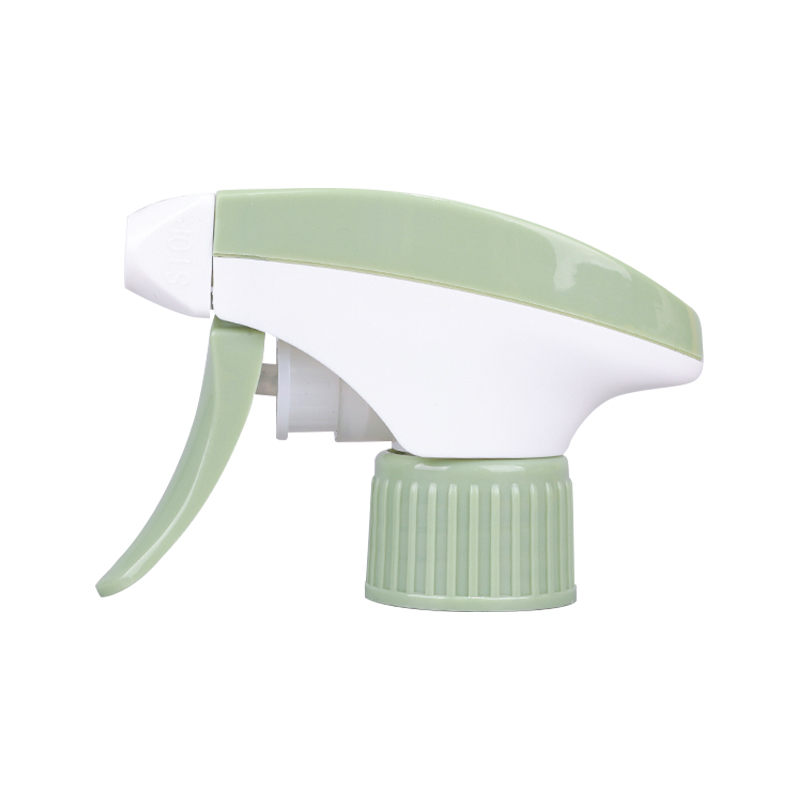1. Speed and Time Efficiency
In fast-paced food service environments, speed is one of the most critical factors in delivering quality customer experiences. Manual dispensing of cream typically involves time-consuming processes such as pouring, measuring, and estimating, each of which can be prone to delays or inconsistencies, especially when serving large numbers of customers or preparing multiple orders simultaneously.
The cream pump significantly enhances time efficiency by automating the dispensing process. With the press of a button or a quick pull of a lever, a cream pump dispenses the exact amount of cream required, eliminating the need for manual measurement tools like spoons, ladles, or containers. This time-saving feature is particularly advantageous in busy kitchens, cafes, restaurants, and other high-volume establishments where quick turnaround times are crucial.
For instance, baristas preparing a large number of coffee drinks, each requiring cream, can do so much faster with a cream pump compared to manually pouring cream from a container. This allows kitchen staff to process orders more swiftly, thereby reducing customer wait times and increasing overall service speed.
In situations where several items are being prepared simultaneously, such as in catering operations or large kitchen setups, a cream pump streamlines the workflow by enabling kitchen staff to move quickly from one task to the next, without having to pause and measure ingredients manually.
2. Consistency and Accuracy in Dispensing
Consistency is a hallmark of quality in professional kitchens. Whether it’s for coffee beverages, desserts, or savory dishes, accurate portion control is essential for maintaining uniform flavor, texture, and appearance across multiple servings. Manual dispensing of cream, however, is highly prone to variations due to human error. Even experienced kitchen staff can unintentionally pour more or less cream than required, leading to discrepancies in flavor and appearance.
A cream pump provides unwavering accuracy by dispensing a precisely measured volume of cream every time it is used. Depending on the model, these pumps can be calibrated to release exact amounts of cream per press, which is especially useful when replicating recipes that demand a specific ratio of cream to other ingredients. For example, in whipped cream for a dessert, a slight difference in the cream amount could affect its texture and mouthfeel, and in coffee beverages, the right cream ratio ensures consistency in taste and presentation.
Not only does this improve the consistency of individual servings, but it also helps maintain quality standards across large batches. In large-scale operations, where multiple staff members are working at once, the cream pump ensures that every serving is identical, preventing variations that could negatively impact customer experience.
3. Reduced Risk of Overuse or Underuse
One of the main challenges in manual dispensing methods is the risk of overuse or underuse of ingredients. Overuse of cream, especially in high-cost kitchens, can quickly lead to ingredient wastage, which in turn increases operational costs and reduces profit margins. On the other hand, underuse can compromise the flavor and texture of the dish, leaving the customer unsatisfied with the final product.
The cream pump mitigates this risk by dispensing an exact amount of cream each time, ensuring that the recipe’s requirements are met without excess or deficiency. The accuracy of the pump helps optimize ingredient usage, reducing waste and ensuring that every portion is delivered in the desired quantity. For businesses, this can significantly impact cost control, especially when working with premium ingredients like heavy cream or specialty creams, which can be costly if overused.
In foodservice operations, waste reduction is a key component of maintaining profitability. By providing consistent portions with every press, the cream pump ensures that each serving is appropriately balanced, reducing over-purchasing and ensuring that the business uses its cream inventory efficiently.
4. Improved Hygiene and Cleanliness
Hygiene is an absolute priority in any professional food preparation environment. Manual methods of dispensing cream, such as pouring directly from a jug or ladling, are often more likely to result in spills, splatters, and contamination risks. These methods can lead to messy countertops, sticky surfaces, and even cross-contamination of ingredients, which can be a serious health concern.
The cream pump addresses these issues by providing a sanitary and controlled dispensing mechanism. Most pumps are designed with features that reduce the risk of spills or drips, ensuring that cream is dispensed neatly without leaving excess residue on counters or containers. Furthermore, the pump itself is typically designed to be easy to clean, with removable components that can be washed and sanitized between uses, which is essential for food safety compliance.
By reducing the chances of spills, drips, and exposure to contaminants, the cream pump helps maintain a cleaner and safer kitchen environment. This is especially critical in environments like cafes, restaurants, and industrial kitchens, where high hygiene standards must be maintained at all times.
5. Labor Efficiency
Manual dispensing methods, especially those requiring staff to measure ingredients by hand, can be labor-intensive. The process of pouring, measuring, and correcting mistakes can be time-consuming, ultimately reducing the number of tasks that can be completed in a given timeframe. In environments like restaurants or large kitchens, staff may be required to repeat these manual tasks multiple times, increasing the amount of labor required to complete each order.
A cream pump enhances labor efficiency by automating the dispensing process, reducing the need for constant attention to measuring ingredients. Staff can quickly dispense cream and move on to other tasks, improving overall workflow and minimizing downtime. By reducing the physical effort and time spent on manual dispensing, cream pumps free up staff to focus on other aspects of food preparation, customer service, or cooking.
This increased labor efficiency also helps businesses minimize operational costs, particularly in high-turnover settings where staffing may need to be optimized for peak hours. With a cream pump, kitchen staff can handle multiple tasks at once, increasing the number of orders prepared and reducing the need for additional labor resources.

 English
English русский
русский Français
Français Español
Español italiano
italiano
